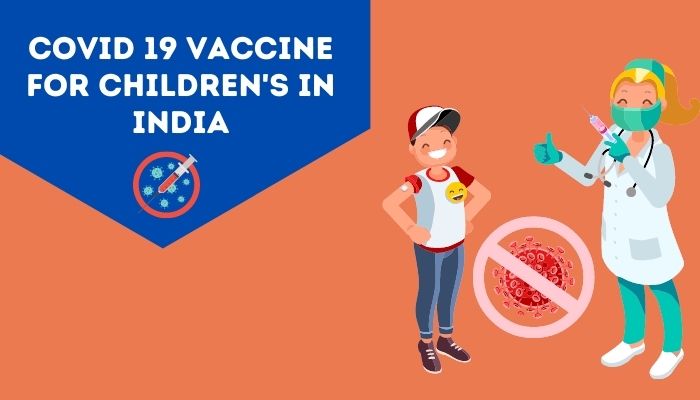People and governments around the world expected the COVID-19 cases to go down when the first vaccines were introduced in late 2020. The cases did go down, but the numbers are still dangerous in many countries.
With rising cases in some countries, scientists and other researchers have started talking about herd immunity against COVID-19. Many health officials and representatives of governments worldwide see herd immunity as a way for the end of the COVID-19 pandemic. There are multiple debates over the efficiency and risks of herd immunity. There are many aspects associated with herd immunity against the COVID-19 pandemic.
What Exactly is Herd Immunity?
Herd immunity against COVID-19 or any disease or virus occurs when a large proportion of the population becomes immune to the disease or virus. If many people are immune to the disease, it practically has nowhere to go, which puts an end to the person-to-person spread of the disease.There is a possibility that every single person from a group might not be immune to the disease. The important part is that the group as a whole has protection against the virus. With this, the infection rate associated with the virus drops, and the disease eventually phase out of the transmission.
Herd immunity works best for populations that are at risk of developing or having a transmission of a deadly virus such as coronavirus. This can include children and babies of a population which tend to have weaker immune systems that cannot protect them against deadly diseases.
How can a population achieve herd immunity?
In theory, there are two ways through which herd immunity can be achieved in a population. It can be achieved through –- Vaccines – Herd immunity can be achieved when a large chunk of the population has been vaccinated against a disease. This will also lead to the development of antibodies which will help the population fight against diseases that share similar properties. Vaccines can create herd immunity without natural infections of the virus, leading to death and other health problems in the population. Vaccines have successfully achieved herd immunity against smallpox, polio, rubella, and other such dangerous diseases. Herd immunity which is achieved through the injection of vaccines in bodies of the population can also protect those who have not been vaccinated, such as children and babies who have a weak immune system
- Natural Infection – Herd immunity in a population is also achieved when enough people have been infected with the virus and have developed enough antibodies to fight back against the deadly disease. However, the way of natural infection has its drawbacks. There is a chance of reinfection in the population, and the health impact from such viruses can be severe and, in some cases, life-threatening.
Herd Immunity and COVID 19
From what has been observed with all the research on the nature and properties of COVID-19, herd immunity is something that is not possible with this virus. The reasons for that are- Variants of COVID-19 – Even with the rollout of vaccines worldwide, different mutations of covid-19 keep developing, making it more difficult for vaccines to work against these new variants, which might be completely resistant to the vaccine. It takes time to get to the stem of a new variant of the virus, and by the time that has been done, a new mutation comes, which is stronger and deadlier than the previous variant of the coronavirus.
- Roll Outs Of Vaccine – The rollout of vaccines, which are one of the most crucial ways to achieve herd immunity, has an uneven rollout among different countries worldwide. Some countries are not getting enough supplies of the vaccine by covid-19 vaccine manufacturers, and in some countries such as the USA, the rollout of vaccines is uneven between the states themselves, where some states are not getting enough vaccines to vaccinate the population.
- Immunity’s Effect – As mentioned earlier, herd immunity in any population is achieved through natural infection and vaccines. People who are infected with covid-19 do develop antibodies and immunity against the virus. However, due to the lack of research, how long this immunity can last cannot be said. There is a chance that the immunity given by natural infection or vaccine might fade in a matter of a few months, and there is a huge chance of reinfection in the population.
- Transmission - The core concept of herd immunity is that once a person is infected with the virus or has been injected with a virus, they develop immunity and cannot transmit the virus further. However, with covid-19, things are slight. The vaccines available in today’s time have great effectiveness against preventing the disease. However, due to a lack of research and experiments, it is still very much unclear if these vaccines can prevent the transmission of the disease from one human to another.
Ending the transmission of COVID-19 is important if we want things to return as they were before this virus entered our lives. Herd immunity is something that can work against the coronavirus. However, due to the conditions we are in terms of vaccine development and study, it is not possible to say that we can completely rely on herd immunity for protection against coronavirus. In that time, you can do many different things to naturally increase the immunity of your body to help you fight against coronavirus and its side effects on the body. The pandemic is not over, so we need to be careful when stepping outside.


